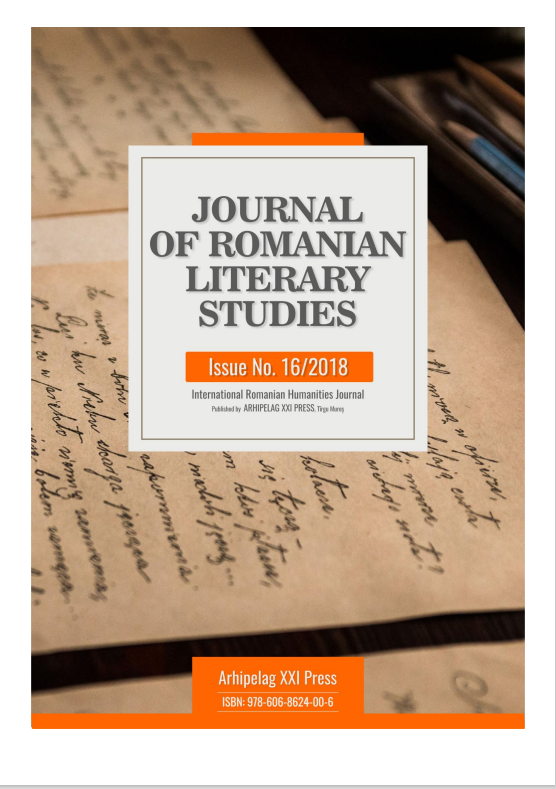FROM NOVEL TO FILM: THE ROLE OF MUSICAL INSERTS IN TOMASI DI LAMPEDUSA’S THE LEOPARD
FROM NOVEL TO FILM: THE ROLE OF MUSICAL INSERTS IN TOMASI DI LAMPEDUSA’S THE LEOPARD
Author(s): Anamaria MiloneanSubject(s): Language and Literature Studies, Music, Visual Arts, Film / Cinema / Cinematography, Philology, Italian literature
Published by: Editura Arhipelag XXI
Keywords: novel; filmic text; musical structures; multi-code nature; textual synergy;
Summary/Abstract: If we can talk about additional significance in the case of a filmic text as compared to that of a novel, this is mainly due to the former’s multi-code nature. There are various codes-ranging from visual-iconic to linguistic and sound representations-that underpin the meaning of a filmic text, as form of a complex creative expression, conferring it a highly synergic character in comparison with the verbal text. The written text does indeed feature references to signifying structures belonging to codes other than the linguistic one; however, these are also textually updated by means of words. While the reading of a verbal text involves a syntagmatic reception of messages originating from various semiotic systems, the audio-visual flow of the filmic text allows for a simultaneous reception similar to a real-life situation. In light of these premises, our article emphasizes the importance of musical structures in Giuseppe Tomasi di Lampedusaʼs ʽThe Leopardʼ, as well as in the homonymous film directed by Luchino Visconti. After a concise presentation of the typology of sounds and their support in shaping the specificity of cinematographic language, we will highlight the role of musical inserts in both novels and films. Thus, we will compare their functions and valences in outlining the overall textual meaning for two distinct signifying objects which nevertheless interact through a fruitful intertextual dialogue.
Journal: Journal of Romanian Literary Studies
- Issue Year: 2019
- Issue No: 16
- Page Range: 566-571
- Page Count: 6
- Language: Romanian

